Adélaïde Labille-Guiard was a female French painter of miniatures and portraits. She started to paint when she was 20 years old and later became a notable artist who captured royalty and aristocrats. Her father, a shopkeeper, had eight children, and Adélaïde was the youngest.
He sharpened her eye for color and composition in his fashionable shop, but she never visited an art class. Because she wanted to learn more painting techniques, she turned to her neighbors for help and connections and started to paint female miniature portraits.
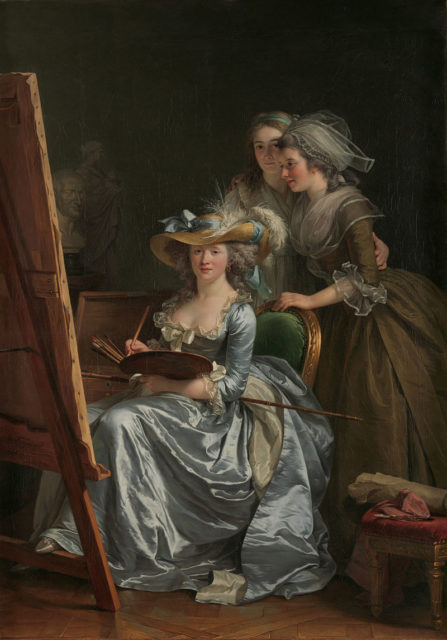
Adélaïde was born in Paris in 1749. Her older sister married Jean-Antoine Gros, who was a famous miniaturist and well-known painting collector. In her twenties, she married the clerk Louis Nicolas Guiard, from whom she later separated.
At that time, the Academy permitted only four women to be members, and they usually were daughters of artists. Adélaïde had no connections of that kind, but she was persistent. She developed in her painting and later would become a notable member of the French Royal Academy.
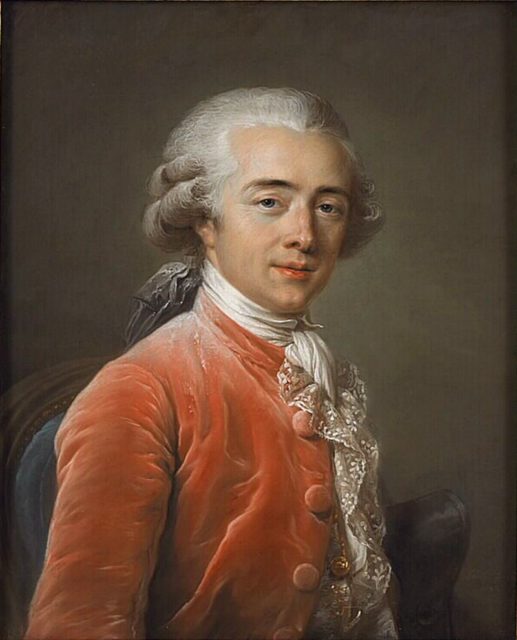
Guiard became a master of her work, which included miniatures, oil paintings, and pastels. One of the men responsible for her success was the family friend Francois-Elie Vincent; an oil painter, he taught her for a while, and brought to her attention the painting of miniatures. His connections made it possible for Adélaïde to have her first exhibition at the Academie de Saint-Luc. During this event, she would meet her second husband, Francois-Andre Vincent, who was Vincent’s son.
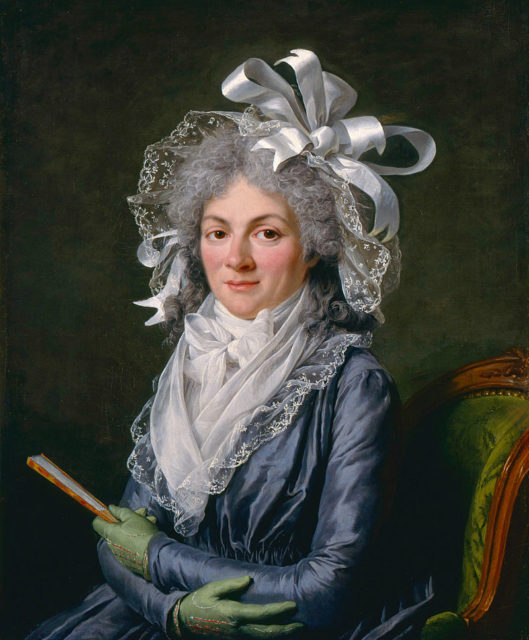
Through the Academie de Saint-Luc, Guiard had the chance to paint professionally. After her exhibition, many of her paintings were compared to those of Elisabeth Vigée-Lebrun, who was also a respected member of the Royal Academy. Adélaïde was not yet a member, but she was working in oil painting to apply for membership with one of her works. This turn to oil painting from miniatures was necessary because the Academie de Saint-Luc had closed in 1777.

The new place where painters could exhibit their works was the Salon de la Correspondance, which opened in 1779. A year later, Guiard decided to exhibit some of her pastels and paintings at the Salon, and her talent was quickly noticed. Again with the help of Francois-Andre Vincent, who referred professors and friends of the Academy to Guiard for portrait painting, she achieved a high recognition and became a member of the Royal Academy.
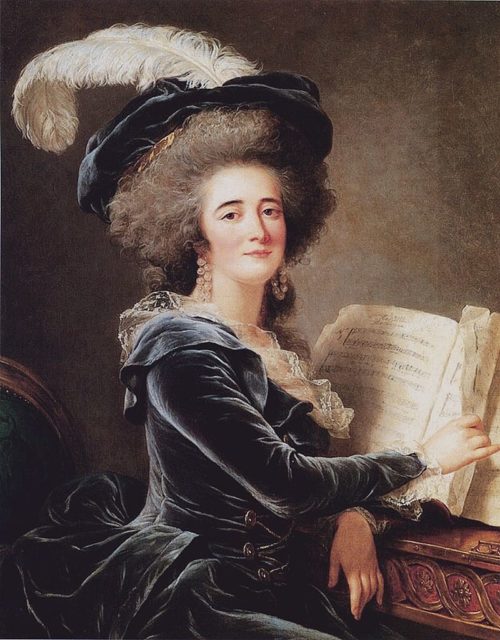
Le Brun always received more favorable reviews from the critics than Guiard. One of Guiard’s most famous paintings is her self-portrait, which was inspired by Le Brun’s style, but overall, Guiard’s paintings are considered to be equal to Le Brun’s or even more valuable today.
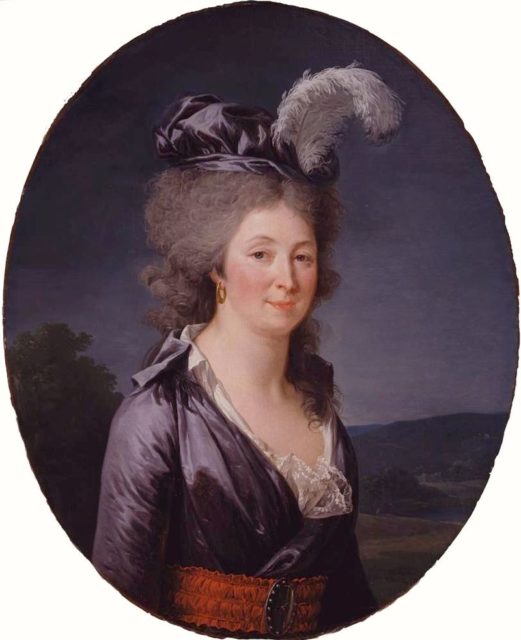
In her portraits, the observer can notice the remarkable details of the people’s clothes and the amazing color of their faces, making the subject look like it was photographed. The careful crafting is what made her mark on history.
Like Le Brun, Guiard was known as a fighter for women’s rights and worked on reformations of the Academy’s policies towards women. Unlike her colleague, she supported the French Revolution and stayed in Paris during that difficult time.

In this period Guiard produced several history paintings inspired by the recent events. In 1793, the Assemblee Nationale closed the Royal Academy and banned the female members.
Guiard continued to exhibit in later life, but with the social turmoil of the revolution her work started to slow down. Suffering from a long illness, she died on April 24, 1803.
